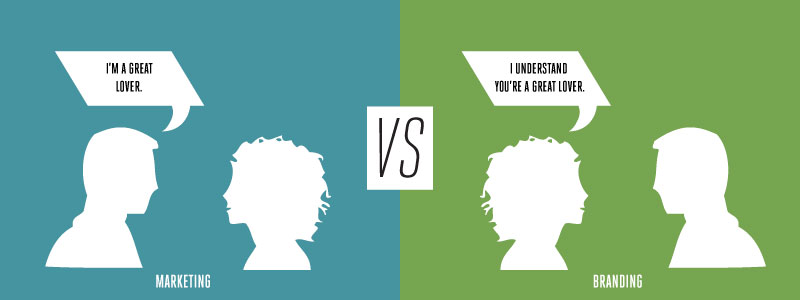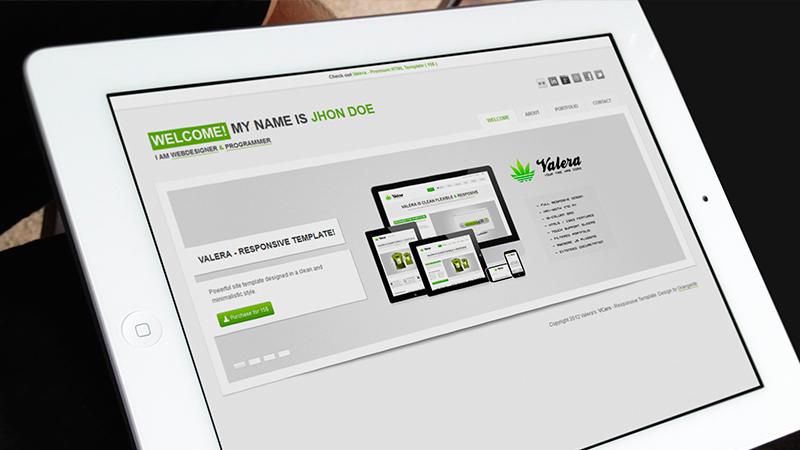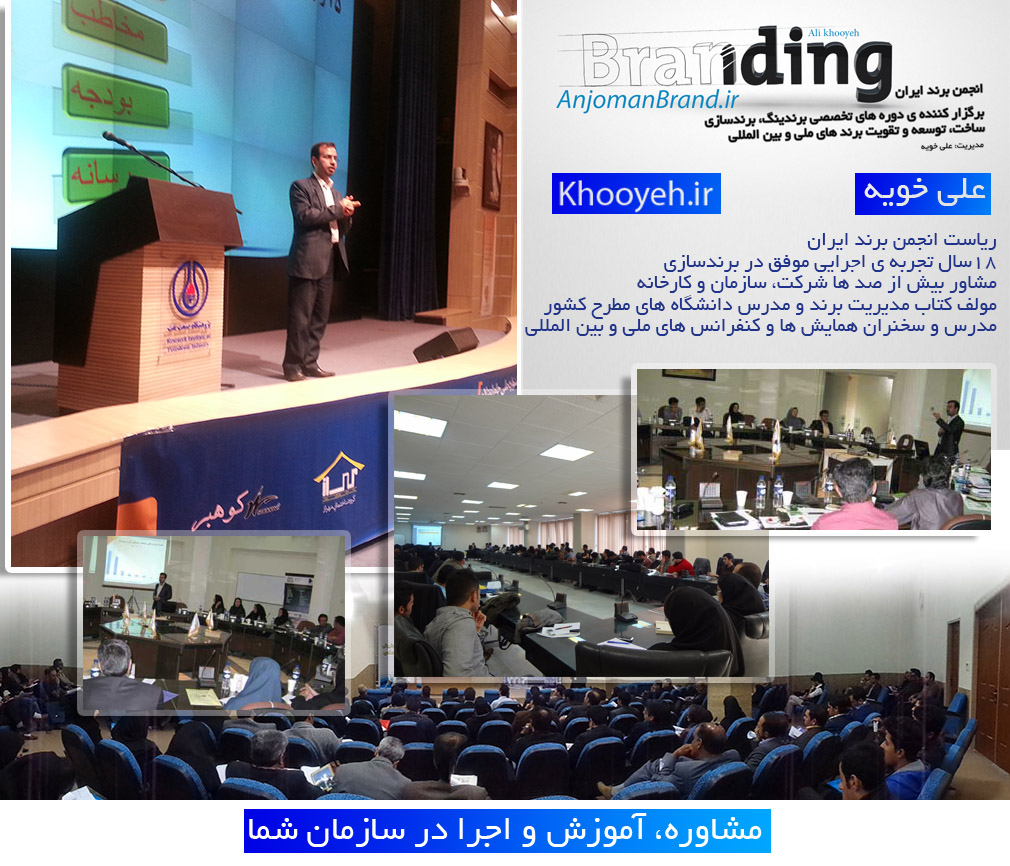چه زمانی بازاریابی تمام می شود و برندینگ شروع می شود؟
Where Marketing Ends, Branding Begins
So you’ve got a business and you’re ready to push your branding efforts online. The first question you encounter is “How do I go about with branding?”
What I’ve noticed from my years of experience in online marketing is that you probably think branding involves the following:
● Logos, color schemes, and website design – What should my logo be? What colors represent my business best? How do I go about with my web design?
● Brand mentions, links, and social popularity – I have to be as visible online as possible, because this promotes brand recall
● SERPs visibility, ad campaigns, and other promotional efforts
If you answered any of the above, then you’re looking at branding the wrong way. The items I mentioned are all marketing tools and strategies, and they only scratch the surface of branding.
What’s the difference between marketing and branding?

Marketing is the set of processes and tools promoting your business. This includes SEO, social media, PPC, local search, mobile, and traditional promotional methods and tools. Branding, on the other hand, is the culture itself, the message that permeates and rules all the process of your business.
Common Misconceptions about Branding
Mixing up marketing and branding is only one of the most common misconceptions about branding that you will encounter. Many businesses and marketers handling branding tasks also make the following misconceptions:
Misconception #1: Branding is marketing / advertising / promotion / anything to that effect.
As mentioned earlier, this is a misconception because branding goes deeper than marketing. Marketing, advertising, and other promotional activities only communicate your brand personality and message. Your brand is comprised of your personality, your voice, and your message; branding is the process of establishing these traits.
Misconception #2: You are the ultimate authority when it comes to your brand.
This is a very common misconception, especially among first-time business owners. The truth is while you set the tone and get the ball rolling so to speak, and you set the guidelines that your organization will follow and live by as they work with your brand, this does not automatically make you the ultimate brand authority.
Your customers are the ones who ultimately define your brand. Their perception of your brand is what sticks with the people they influence. This is why it’s very important to select your brand values carefully; otherwise, your brand may be taken the wrong way – or worse, it may fail when you don’t see repeat customers.
Misconception #3: There exists a formula for success when it comes to branding.
Just because everything in online marketing can be measured doesn’t mean everything has a formula. No two companies are alike. While a similar process for developing a brand may work for businesses in the same field, for example, these businesses will still have unique identities and needs.
The truth is that there is no formula – branding is and will always be a customized experience. The good news is you can measure the success of your brand easily. What you should look at in this case is the behavior and the interests of your target audience.
Branding the Right Way
In order to create and establish a strong brand, you’ll need to ask the most fundamental questions behind its development. Before you begin to plan your online marketing strategies, you need to do the following first:
Establish Your Purpose
The first thing you need to clarify is why you do what you do. You won’t get the answers right away – you’ll need to ask yourself why several times before you get to the root purpose, the very core of your business. Start with questions like:
- Why did I build this business?
- Why do I want to help out this specific group of people?
- Why does it matter to me that these things get done?
As you keep going, note the answers you are giving each “why” – these answers will form your purpose. Walt Disney answers this question very well, and is a good example of a company that knows why they exist: they want to bring joy to children everywhere. This permeates everything that they do.

Choose Your Personality and Voice
After asking why you do what you do, ask yourself: What is my brand? This will help begin to shape your brand, becoming a skeleton on which you will attach the rest of the ideas, values, and messages. At this stage of brand building, ask yourself the following:
- What kind of voice do I want to use for my brand?
- How do I want to be perceived – do I want to be approachable and casual, corporate and formal, etc.?
- Will I be able to stay true to this identity throughout the existence of this brand?
The last question is specifically important because your audiences will be looking for a solid, consistent identity. Your ability to stay true to your brand is one of the most important elements that will earn you customer loyalty.
Outline Your Values
Once you finish asking yourself what you are, it’s time to ask yourself “Who am I?” The values that you get from the previous step will define who you are as a brand. List these down and define these values in light of your business.
Zappos does a great job of outlining and defining their values. They have ten core values that they live by, and if you go through their blogs and their website, you’ll see these values permeating every process they have. You’ll also notice the people following these values to heart, from the blog posts, to their performance, to their customer service. Defining a good, solid set of values will help you become consistent and serve as your company’s guiding principles for work.
Define Your Culture
Your integrity as an organization depends heavily on the culture you cultivate in your business. Happy employees are productive, passionate, and cohesive, making your business stronger and your processes more easily manageable. This is why it’s important to establish what kind of culture you want to nurture in your establishment.
Google’s culture is very famous for encouraging creativity and innovation by giving their employees time and resources to explore new things. Their 80/20 policy had paved the way for innovations like Google Glass and Android. Although it is not being implemented as a policy anymore, their engineers are still encouraged to take on side projects that allow them to innovate. You can see how the culture lives on despite the fact that the policy has been removed – that’s the power of culture.
Communicate Your Brand to Your Audience
Finally, you get to the point where marketing comes in – you now have to decide how you want to raise awareness about your brand. The previous steps, combined with market research and analysis, will play a huge role in determining how and where you communicate your brand to reach your target audience effectively.
The following will be the most important points to discuss when planning communication strategies:
- Your company’s mission statement, which you can easily derive from your purpose;
- The benefits your customers will get from your business, which is also answered at the beginning of this process (the answers to the why’s)
- Your chosen platforms and the appropriate media for each
- Your calls to action – what goals do you have, and how do you plan to entice your audience?
Conclusion
Branding isn’t the same as marketing – branding is the core of your marketing strategy. In order to build an effective brand, you need authenticity and clarity in each of the steps discussed earlier, allowing your target market to identify with your brand personality and values successfully.
One final thing to remember – and a very important point – is that branding isn’t a one-time thing that you do at the beginning of establishing your business. It is an ongoing effort that permeates your processes, your culture, and your development as a business, and it requires your dedication and loyalty in order to reflect in your work. At the end of the day, the true measure of your branding success is in earning loyal customers who become your brand ambassadors as well.
About the author: Clayton Wood is the Marketing Director of SEOReseller.com. He is passionate about educating the industry about the impact that technology has in online marketing and about inbound marketing. You may connect with him and ask him questions through













































